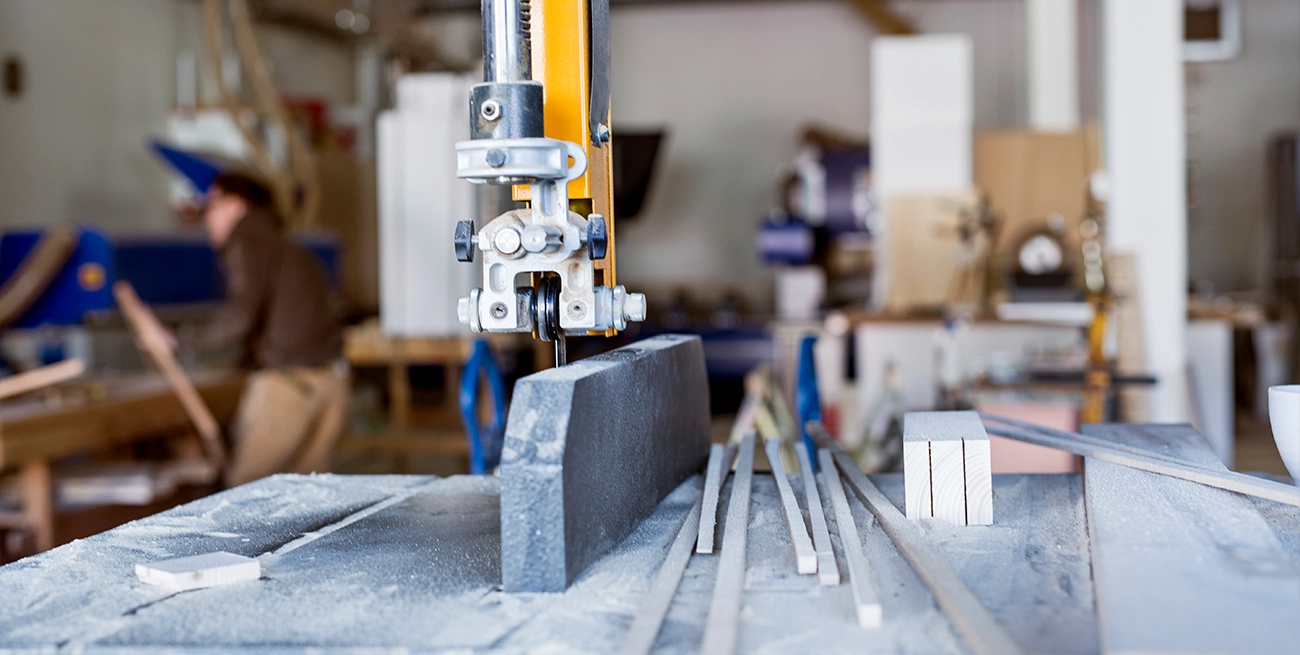Improving Material Yield: Minimizing Waste in Cutting Operations

Wasted material is wasted money. Every unnecessary offcut, poorly planned cut, or inefficient process eats into profits. For those who regularly purchase industrial supplies, improving material yield isn’t just a cost-saving measure—it’s a competitive advantage.
Planning Smarter Cuts
Getting the most out of raw material starts long before the cutting begins. Proper planning can make the difference between efficient use and excessive scrap. This means taking a close look at nesting software, layout strategies, and even the material itself.
Good nesting software can optimize layouts to fit the most pieces onto a single sheet, roll, or billet. But even with automation, a sharp eye can make a difference. Sometimes, adjusting the orientation or slightly tweaking dimensions within tolerance levels can further improve yield.
Choosing the Right Tools
The right cutting equipment affects both precision and waste. Dull blades, incorrect settings, or the wrong type of cutting method can result in unnecessary scrap.
- Laser cutting: Precise but may have a wider kerf than other high-precision methods.
- Waterjet cutting: Excellent for materials where heat-affected zones are a concern.
- Plasma cutting: Great for thicker metals but produces more waste compared to laser.
- Sawing: Blade thickness matters—thinner blades reduce material loss.
Keeping tools in peak condition ensures that cuts remain accurate and material loss is minimized. Regular maintenance and calibration go a long way.
Reducing Setup Waste
Setup waste can be one of the most overlooked sources of material loss. Every time a machine is adjusted incorrectly or a test cut is made, material is wasted. Standardizing processes and using digital templates instead of manual measurements help reduce errors.
For batch production, setting up correctly the first time prevents mistakes that could ruin multiple pieces. A quick double-check of settings before the first cut can prevent costly errors.
Considering Alternative Materials
Sometimes, material waste isn’t just about how it's cut but what’s being cut. Alternative materials with better yield properties or more efficient sheet sizes can improve efficiency.
Suppliers often offer custom sheet sizes that match specific cutting needs. Ordering material that aligns better with production requirements can reduce offcuts and save money over time.
Repurposing Scrap
Not all waste needs to go straight to recycling. Many offcuts can be used for secondary products, reinforcement pieces, or smaller components. Some companies even find buyers for their leftover material.
Metal shops, for instance, often sell smaller pieces to hobbyists or smaller fabricators. Wood shops might use offcuts for packaging or smaller fixtures. Finding creative ways to repurpose scrap can add value instead of sending material straight to the bin.
Training for Efficiency
Even with the best equipment and software, operator skill plays a huge role in reducing waste. Proper training ensures that employees know how to make the most of material, avoid unnecessary mistakes, and use the right settings for each job.
Encouraging a mindset that prioritizes efficiency leads to smarter material use over time. Small habits, like double-checking measurements before cutting, add up to significant savings.
Wrapping It Up
Cutting waste isn’t just about using better software or sharper blades—it’s about smart planning, careful execution, and a mindset focused on efficiency. Whether it’s tweaking nesting layouts, upgrading machinery, or training staff to be more precise, small improvements add up quickly.
For those regularly purchasing industrial supplies, paying attention to material yield can lead to major cost savings and a stronger bottom line. Less waste means lower costs, more efficient production, and a competitive edge in any industry.


